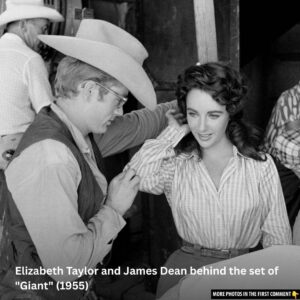“Laramie” is a classic TV Western that aired from 1959 to 1963, capturing the hearts of many with its tales of adventure, brotherhood, and the rugged life of the American frontier. This show, set in the 1870s Wyoming Territory, followed the lives of Slim Sherman and Jess Harper as they managed a stagecoach relay station and dealt with various challenges of the Old West. For those who grew up with this series, memories of the thrilling escapades, iconic characters, and moral lessons it provided are likely still vivid. Whether you’re reminiscing or discovering it for the first time, “Laramie” remains a testament to the golden age of television Westerns.
Introduction to “Laramie”
The television series “Laramie” aired from 1959 to 1963, becoming one of the most iconic Westerns of its time. Set in the 1870s in Wyoming Territory, the show depicted the rugged life in the American West, focusing on the Sherman Ranch and Relay Station, a place of refuge and adventure for travelers and locals alike. With its captivating storylines, memorable characters, and sweeping landscapes, “Laramie” earned a special place in the hearts of TV viewers and continues to be fondly remembered by fans of the genre.
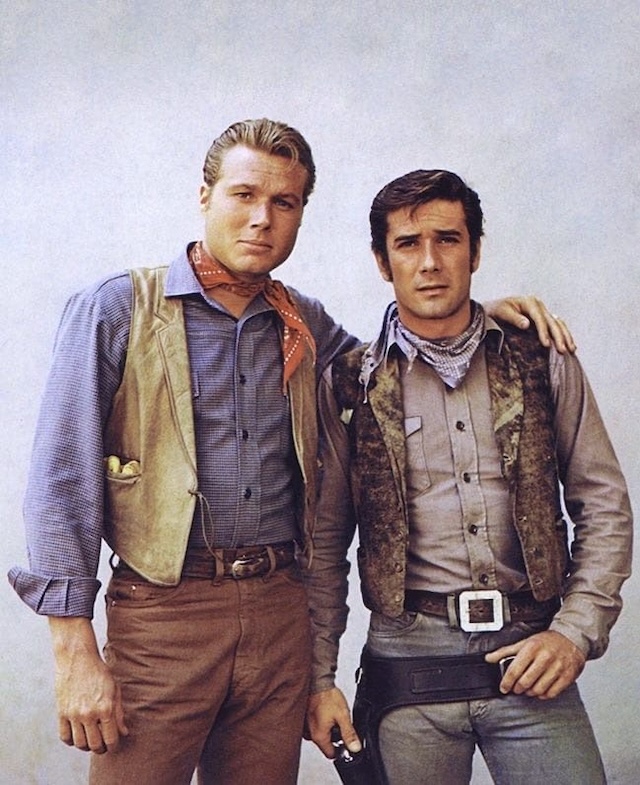
The Plot and Setting
“Laramie” revolves around the lives of Slim Sherman (John Smith) and his younger brother Andy (Bobby Crawford), who run a stagecoach relay station after the tragic death of their father. Their lives are changed forever when drifter Jess Harper (Robert Fuller) comes to their ranch, seeking work and a new beginning. Jess, a former gunfighter with a troubled past, soon becomes part of the family, and together, they face the challenges of frontier life, from rustlers and outlaws to the harsh elements of the Wyoming wilderness.
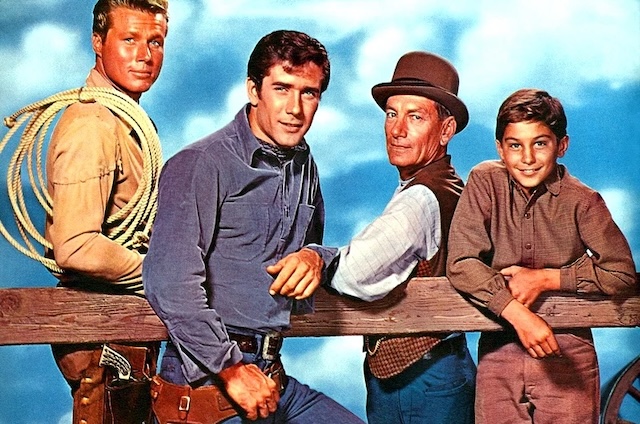
The Cast
The strength of “Laramie” lay in its well-rounded characters and the actors who portrayed them. John Smith’s portrayal of Slim Sherman provided the series with a steady, reliable presence, while Robert Fuller’s Jess Harper brought a mix of toughness and vulnerability that resonated with audiences. The original cast also included Hoagy Carmichael as Jonesy, a father figure and jack-of-all-trades at the Sherman Ranch. In later seasons, Spring Byington joined the cast as Daisy Cooper, a motherly figure, and Dennis Holmes as Mike Williams, an orphan taken in by the Sherman family.
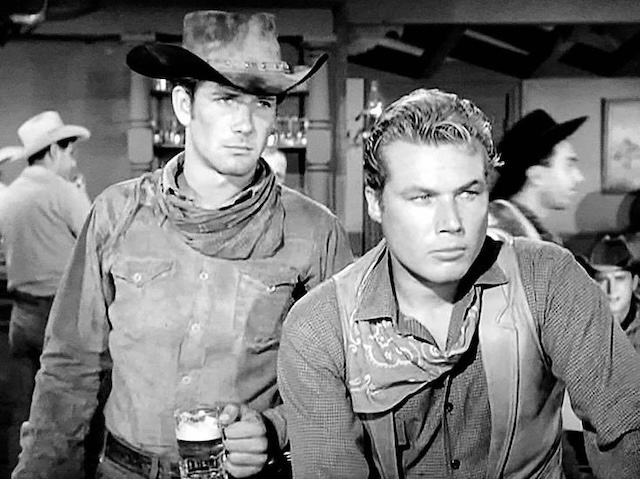
Behind the Scenes
“Laramie” was produced by Revue Studios, known for their work on other successful Westerns like “Wagon Train” and “The Virginian.” The show was created by John Champion, who brought his vision of the American West to life with the help of talented directors and writers. The series was filmed primarily on location in California, taking advantage of the state’s diverse landscapes to authentically depict the rugged terrain of Wyoming.
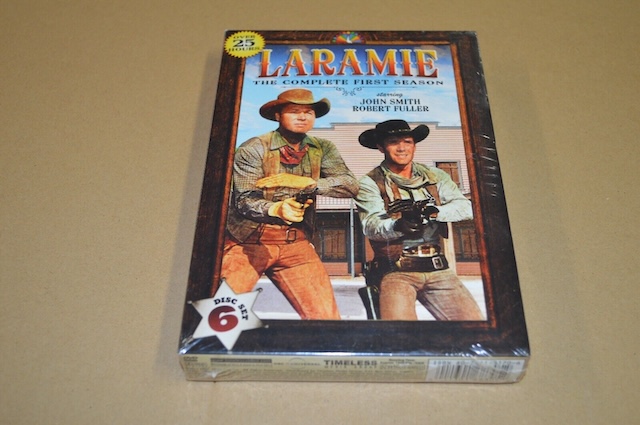
Impact and Legacy
Although “Laramie” ran for only four seasons, its impact on the Western genre was significant. The show offered a more character-driven narrative compared to some of its contemporaries, focusing on the personal struggles and relationships of its main characters. This approach helped set the stage for future Westerns that would explore the emotional depth of their characters, rather than just the action and adventure elements.
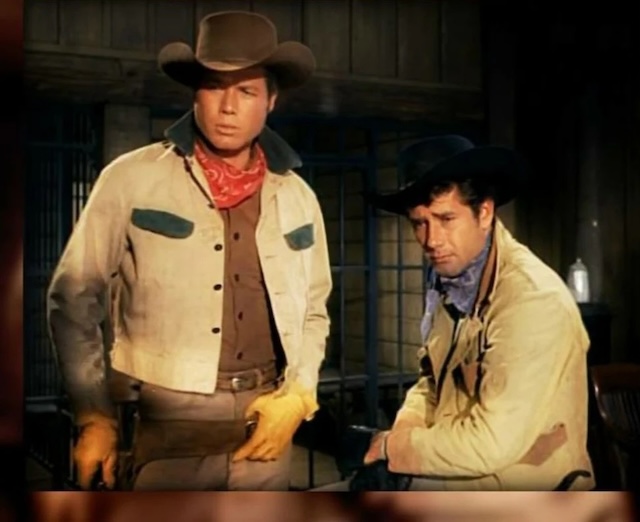
Notable Episodes
Throughout its run, “Laramie” produced several standout episodes that showcased the best of what the series had to offer. Episodes like “The Last Journey,” where Jess Harper confronts his past, and “Dragon at the Door,” which features a tense standoff with a group of outlaws, are just a few examples of the show’s ability to blend action with emotional storytelling.
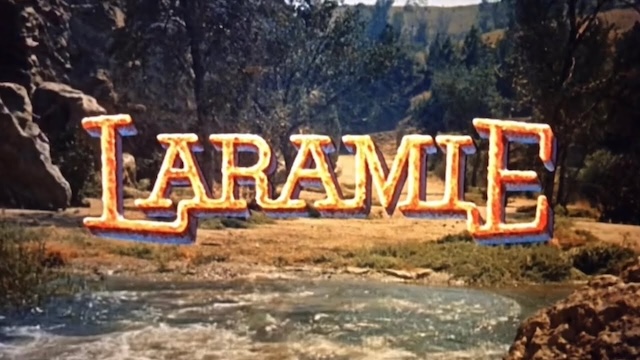
Guest Stars
“Laramie” also featured an impressive array of guest stars, many of whom were well-known actors in their own right. Notable appearances included Lee Van Cleef, a future star of Spaghetti Westerns, and Charles Bronson, who would later become an action film icon. These guest appearances added an extra layer of excitement to the show, drawing in viewers eager to see their favorite actors in new roles.
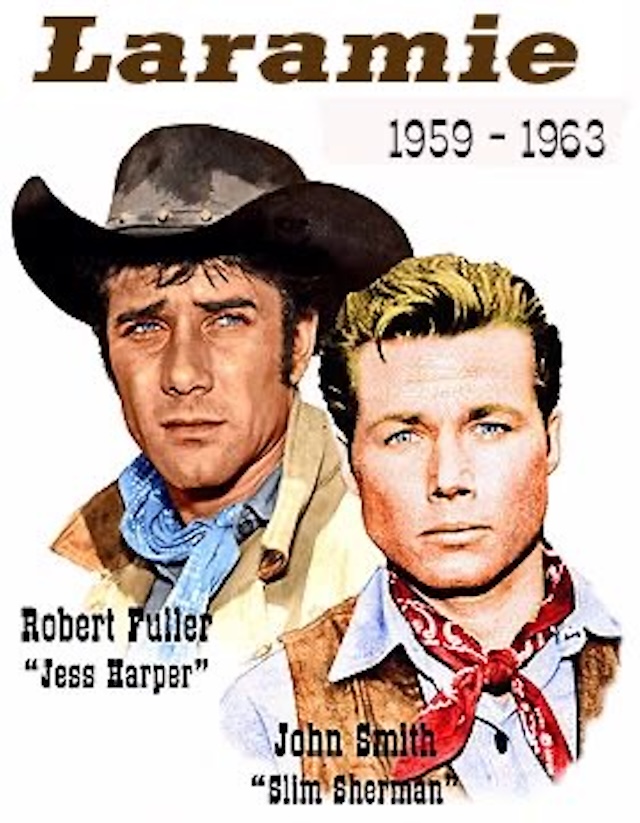
Cultural Significance
In addition to being a beloved Western, “Laramie” also reflected the cultural values and ideals of the time. The show emphasized themes of family, loyalty, and justice, resonating with audiences in the post-war era who were looking for entertainment that reflected their own experiences and aspirations. The portrayal of the American West in “Laramie” contributed to the romanticized image of frontier life that has endured in popular culture.
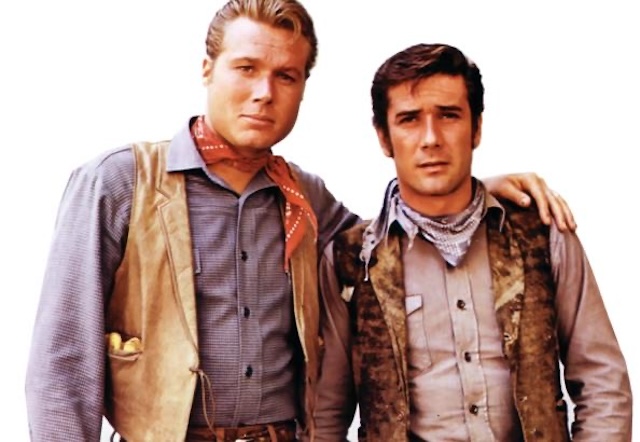
The End of the Trail
“Laramie” concluded in 1963 after four successful seasons. The series finale wrapped up the stories of Slim, Jess, and the rest of the Sherman Ranch crew, leaving fans with a sense of closure. Although the show ended, its legacy continued to live on through reruns and the enduring popularity of its stars, particularly Robert Fuller, who went on to have a successful career in other TV Westerns.

Laramie’s Lasting Influence
Today, “Laramie” is remembered as one of the great Westerns of television’s golden age. Its influence can be seen in the character-driven storytelling of later Westerns and even in modern TV shows that explore complex relationships against the backdrop of a harsh, unforgiving world. For fans of the genre, “Laramie” remains a touchstone of what made Westerns so compelling and continues to inspire a new generation of viewers through its timeless tales of the American frontier.
Video
Conclusion
“Laramie” remains a beloved classic in the Western genre, remembered for its strong characters, engaging storylines, and authentic portrayal of frontier life. Its influence on television, particularly within the Western genre, is evident in the character-driven narratives that followed in its wake. The show offered a balance of action, emotion, and moral lessons, resonating with audiences during its original run and continuing to attract new viewers through reruns and streaming. As a testament to its lasting appeal, “Laramie” holds a special place in the hearts of fans and serves as a reminder of the golden age of television Westerns.
